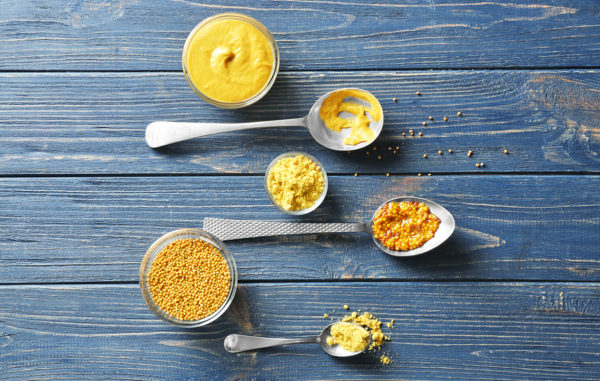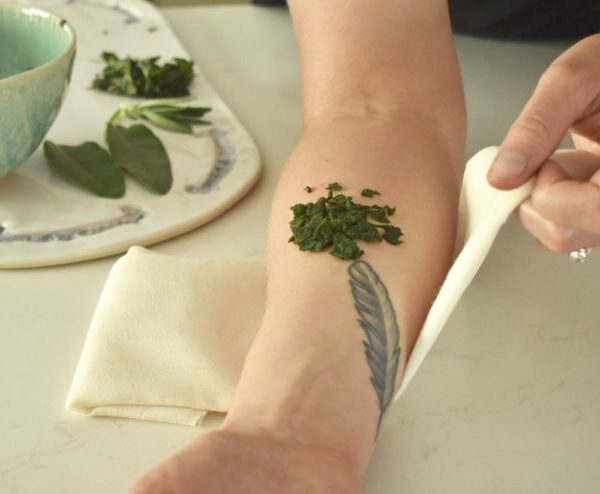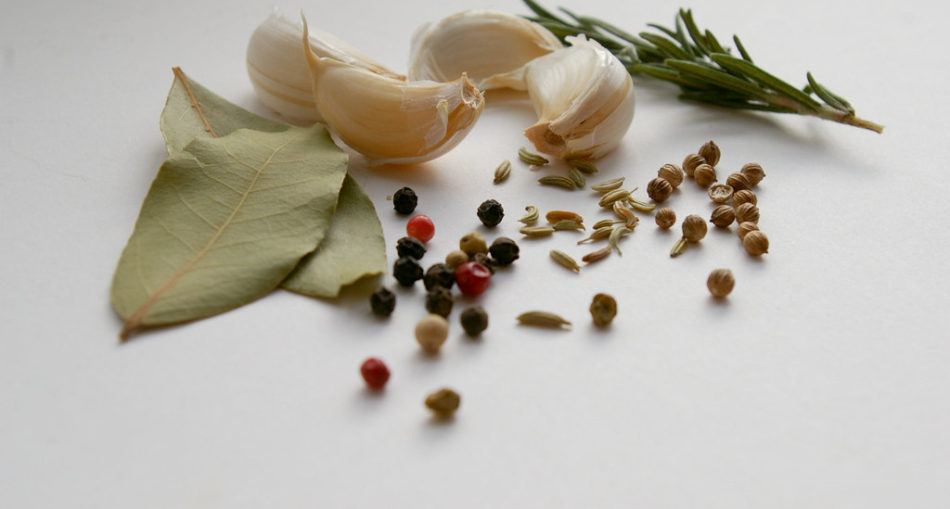What is Poultice?
Poultice is a soft, moist substance made from herbs that is applied to the body to relieve inflammation or soreness. Science indicates that since the beginning of time, people have been preparing poultices and liniments from plants and herbs to cure conditions including inflammation, itching, and discomfort. Early civilizations worldwide, including the Egyptians, Chinese, Romans, Indians, and Native Americans, have created topically applied painkillers using plants native to their location.
Fun Fact: Another word for poultice is ‘cataplasm’
What Does The Word Mean?
The word “poultice” comes from the Greek word “poltos” transformed into the Latin puls, pultes, meaning “porridge.
Uses
Poultice for abscess
A boil or abscess is an accumulation of pus from a bacterial infection. Since ancient times, making a poultice has been a standard home therapy for abscesses. A poultice’s wet heat can aid in naturally draining an abscess and drawing out an infection.
Poultice for Cyst
A cyst is a sack that contains a liquid or a fluid-solid mixture. Depending on the type, they can develop anywhere on or under your skin and come in a variety of sizes. By assisting it to drain, applying a heated poultice to a cyst helps hasten recovery.
Poultice for infection
Poultice kills bacteria and has the ability to draw out the infection. With its beneficial properties, it can speed up the healing process.
Herbs and Other Ingredients for Poultice
- Eddo
- Tumeric
- Onion
- Ginger
- Garlic
- Epsom Salt
- Milk
- Coconut oil
- Bread
- Baking soda
Two Common Types Of Poultice
Mustard Poultice
In ancient Greece, the Greek physician Hippocrates famously employed mustard packs to cure lung issues.
Users and advocates of mustard plasters claim that this treatment works by promoting blood flow and warming the muscles thanks to the heat of mustard seeds.
The cure is said to be able to relieve:
- congestion
- colds
- headaches
- lung diseases (such as pneumonia)
- bronchitis
- backache
- muscular spasms and aches
- arthritis
How To Make Mustard Poultice
To make a mustard plaster, you’ll need the following ingredients:
- dry mustard powder
- flour
- water
- 2 squares of fabric about 6 x 6 inches each
Preparation

Mustard powder, seeds, and sauces in dishes on a wooden table. Photo Source: https://heartofwellness.org/ease-chest-congestion-with-mustard-pack/
- In a small bowl, combine 1 tablespoon each mustard powder and flour. Mix well.
- Add enough water until the mixture forms a thick paste.
- Spread the paste onto one fabric square. Put the second square on the top.
- Place the plaster on your chest or the affected area. Avoid areas with open cuts, wounds, or sores
- Remove the plaster after 15 minutes.
- Wash your hands with soap and water before touching your face or eyes.
It’s critical to remove the mustard plaster after 15 minutes. If you leave it on for too long, the ingredients can irritate your skin.
Castor Oil Poultice
Castor oil is a heavy, flavourless oil produced from the castor plant’s seeds. Its use stretches back to ancient Egypt when it was initially employed as lamp fuel before being used for therapeutic and cosmetic purposes. Cleopatra allegedly thought the oil would make her eyes brighter. People use castor oil against a number of ailments, including skin conditions, blood circulation problems, and digestive issues. Castor oil poultices are usually used for digestive issues in the modern era.
How To Make Poultice The Guyanese Way
There might be other ways to make this the “Guyanese” way but this is one of the ways I grew up seeing my mother prepare to put on any boil she might get.
Ingredients
1/2 an Eddo
1/4 cup Flour
1 pinch Salt
Snake leaf
1/2 cup Water
Preparation
- Place a pot of water on the stove to boil
- Once the water starts to boil add half an eddo into the water and then add flour and a pinch of salt into the mixture
- When the mixture turns slightly thick take off from heat and strain any excess water.
- Allow to slightly cool and then place poultice salve onto boil.
- Using your snake leaf and a string wrap it around the salve to secure onto boil.
- Leave overnight. this will allow the poultice to draw out the infection
Note: You can also wrap tightly with a linen cloth. I find that this method works better in securing the poultice overnight.

Photo of Poultice Slave. Photo Source: https://www.followthewildflowers.com/blog/how-to-make-a-herbal-poultice
References:
Origin – https://www.sciencedirect.com/topics/nursing-and-health-professions/poultice
Name meaning –https://en.wikipedia.org/wiki/Poultice
Uses – https://pioneerthinking.com/poultice-for-boils/
https://www.healthline.com/health/poultice#benefits
Mustard Poultice – https://www.healthline.com/health/does-mustard-plaster-work-for-coughs-and-colds#how-to-make-one
Castor Oil Poultice – https://www.healthline.com/health/castor-oil-pack#how-to-make-one







